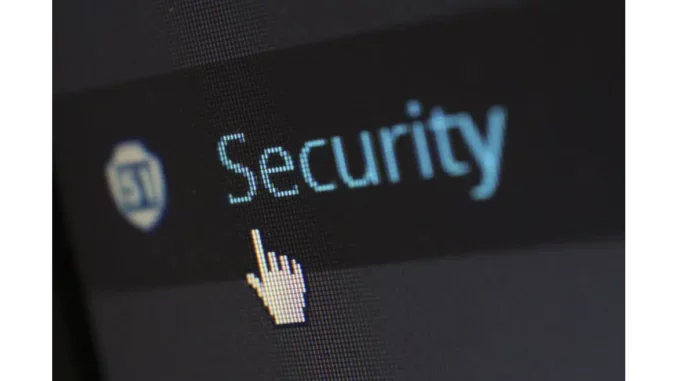
In today’s digital age, network-attached storage (NAS) systems have become an indispensable tool for both personal and professional use. They offer a convenient and efficient way to store, share, and back up vast amounts of data. However, with this convenience comes the ever-present risk of cyber threats. I recently had the opportunity to sit down with Alex Carter, a cybersecurity enthusiast, to discuss their experiences and insights into securing NAS devices. Our conversation highlighted both the potential vulnerabilities and essential precautions that users should take to ensure their data remains safe.
TrueNAS: robust data security and expert support to protect your digital assets.
Alex, who has been passionate about cybersecurity for over a decade, started our conversation with a cautionary tale. “I remember when a friend of mine, who runs a small business, had their NAS system compromised. It was a wake-up call for them—and for me.” According to Alex, the breach occurred because the NAS’s firewall was not properly configured, and several unnecessary ports were left open. “They lost a lot of critical data, and it took weeks to fully recover. It was an eye-opener about the importance of securing these systems.”
This incident prompted Alex to delve deeper into NAS security, and they shared some crucial insights with me. The first point Alex emphasised was the importance of regularly checking and closing any unnecessary ports. “An open port is like an open door to your data. If it’s not needed, it shouldn’t be open. Many people aren’t aware of this, but it’s a simple step that can significantly enhance your security.”
Alex also highlighted the necessity of configuring your NAS’s firewall to allow only trusted devices. “Think of your firewall as a bouncer at a club. You want it to only let in the people you trust,” Alex explained. “By default, some NAS systems might be set up in a way that’s more about user-friendliness than security. It’s crucial to tweak these settings to suit your specific security needs.”
Many NAS operating systems come with built-in security features that users might not fully utilise. Alex pointed out that features like two-factor authentication, regular software updates, and encryption are often overlooked. “These features are there for a reason,” Alex said. “Using two-factor authentication, for example, adds an extra layer of security. Even if someone gets hold of your password, they still can’t access your data without the second verification step.”
Regular software updates are another critical aspect. “Manufacturers regularly release updates to patch vulnerabilities,” Alex noted. “If you’re not updating your system, you’re leaving it exposed to known threats. It’s like leaving your window open in a storm.”
During our conversation, Alex also stressed that while strong passwords are vital, they are not foolproof. “Password strength is important, but it’s not the only line of defence. A comprehensive security strategy involves multiple layers. Think of it as a safety net: if one line fails, the others are there to catch you.”
One of the most practical tips Alex offered was the notion of conducting regular security audits. “Every few months, take the time to go through your NAS settings. Check for any changes that might have occurred, intentionally or not,” Alex advised. “It’s about being proactive rather than reactive. You don’t want to wait until something goes wrong to realise your system was vulnerable.”
As our conversation drew to a close, Alex shared a final piece of wisdom: “Security doesn’t have to be intimidating. It’s just about being mindful and taking the necessary steps to protect your data. It’s much easier to prevent a problem than to fix one after the fact.”
Reflecting on our discussion, it became clear that securing a NAS device is not just about implementing a single solution but adopting a holistic approach to cybersecurity. By regularly checking and closing unnecessary ports, configuring firewalls to allow only trusted devices, utilising built-in security features, and conducting periodic audits, users can significantly reduce the risk of data breaches.
Alex’s insights serve as a valuable reminder that in the digital world, vigilance and proactive measures are our best defence. As more of our lives and businesses move online, understanding and implementing these security strategies is not just advisable; it’s essential.
Koda Siebert

